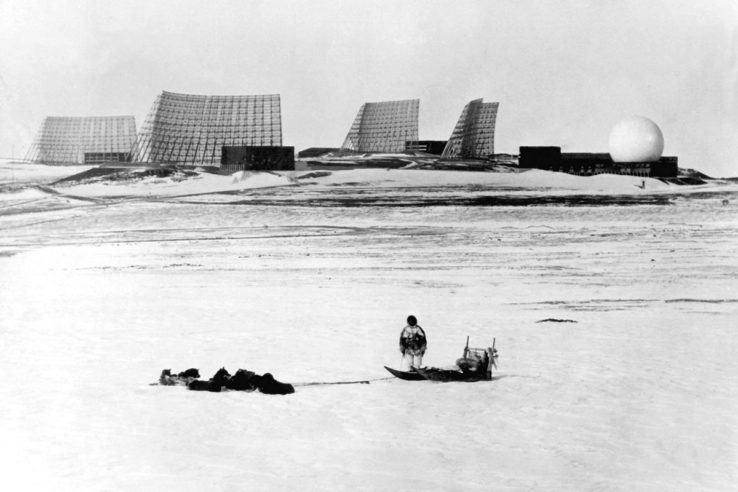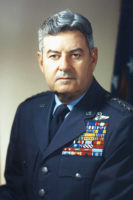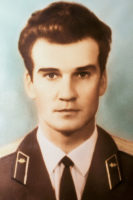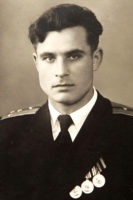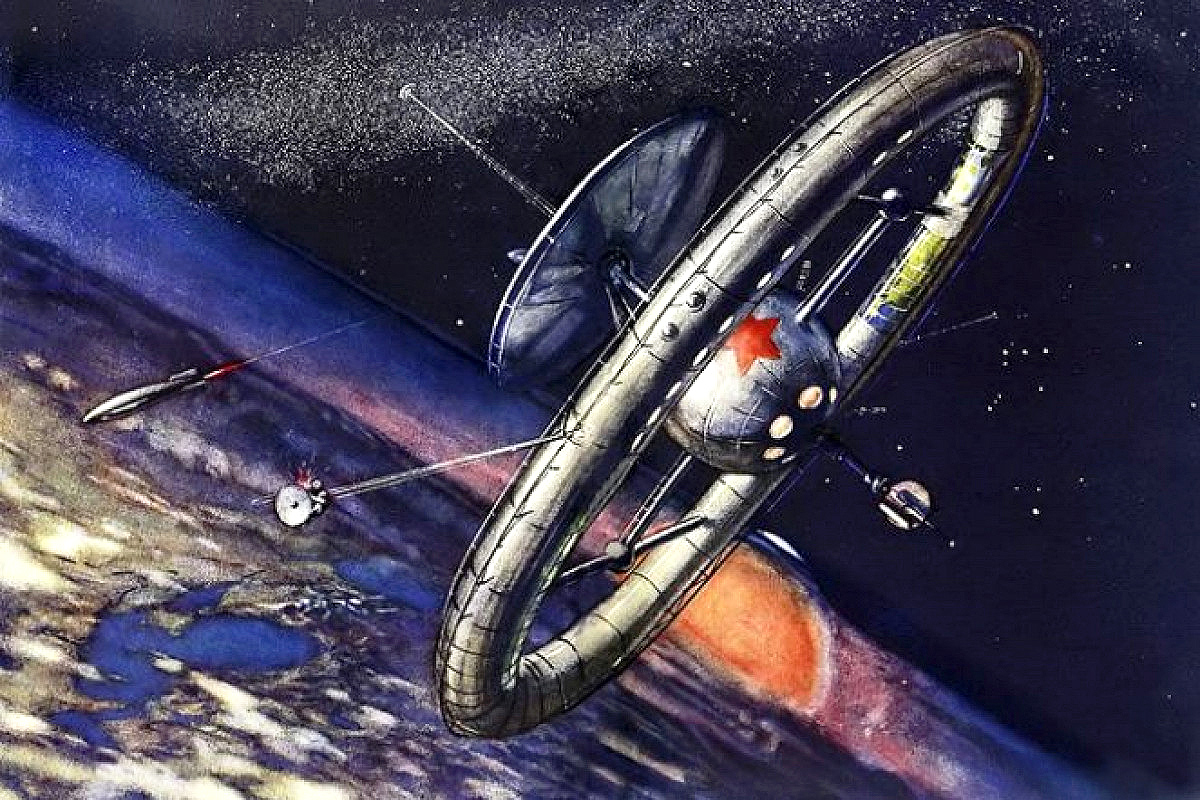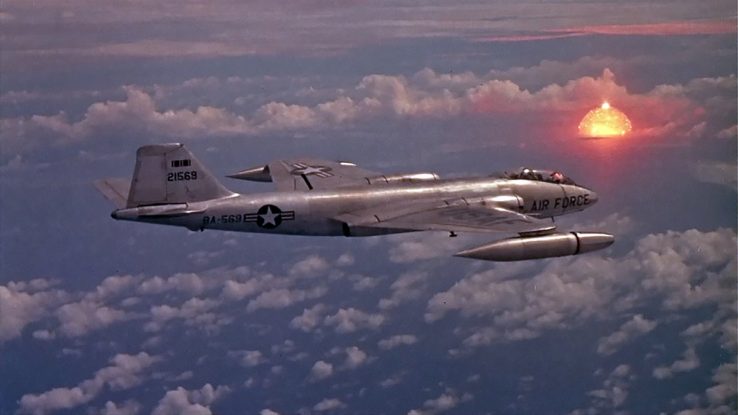
It is two minutes to midnight at the time I’m writing this article.
It is also 8 in the evening British Summer Time.
The first statement is from the Bulletin of the Atomic Scientists and refers to how close we are, as a species, to the end of the world. The second is, more prosaically, the actual time.
The Doomsday Clock was invented in 1947 and set to seven minutes to midnight. By 1949, it was three minutes to midnight. In 1953, we got to two minutes to midnight. Since then, it has moved away (as far as seventeen minutes to midnight in 1991) and back in again. With Trump, Putin, Middle East unrest, tensions in Kashmir, coupled with climate change concerns, we’re as close to the end as we ever have been.
When you’re this close to Armageddon, sheer bad luck can take you over the edge. It has nearly done so in the past. Once again, as with so many of my articles, I’ve had difficulty keeping the number down to five. I’ve used my standard method of looking at which event had the greatest chance of changing history — in both probability and impact.
(I have skipped over some incidents where I felt precautions being taken were likely to stop war breaking out, but we learned from them, for example: don’t leave training tapes in live equipment without telling the next shift unless you want them to stare in horror at screens telling them hundreds of missiles are coming over the pole.)
The SIOP
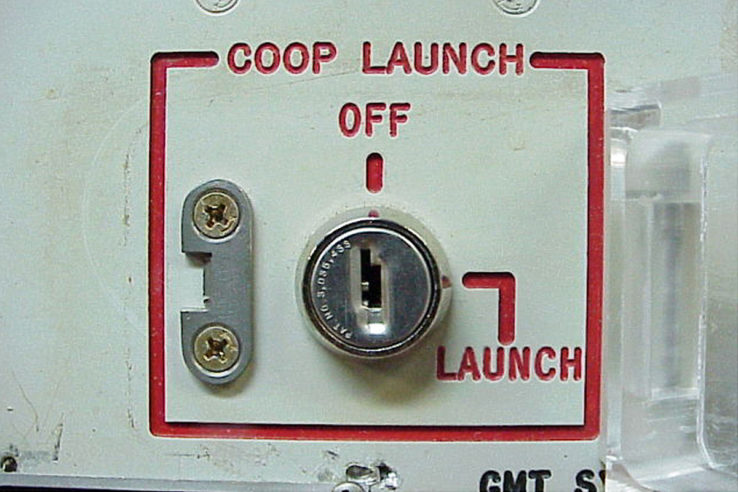
Much of the potential impact of a near-miss revolves around something called the SIOP: the Single Integrated Operational Plan. In late 1960, the US Defense Staff created this — America’s war plan. Existing to specify the nuclear targets and to dictate when, where and by whom each target would be struck, it would be a unified and joint plan, completely integrating all arms of the military and working closely with allies (for example, in the first version, the UK would destroy three airbases, six air defense targets, and 48 cities).
Due to the staggering damage that could be caused by a first strike, the US would not wait for the bombs to hit before launching their own strike. They would “launch on warning” (the “use them or lose them” philosophy).
Importantly, the early versions of the SIOP were inflexible and deterministic. There were abortive attempts to include options such as “Limited Nuclear Options” and “Regional Nuclear Options”, but for year after year no one could tame the SIOP. Attempts to introduce escalating steps were tried, but, in practice, these would have had questionable and limited effectiveness. In essence, when the SIOP was actioned, the world would end.
At last, though, in 1991, the incoming head of Strategic Air Command, General George Lee Butler, took a look at the SIOP he’d inherited and balked. “With the possible exception of the Soviet nuclear war plan,” he said,
This was the single most absurd and irresponsible document I had ever reviewed in my life. I came to fully appreciate… we escaped the Cold War without a nuclear holocaust by some combination of skill, luck, and divine intervention, and I suspect the latter in greatest proportion.
He ripped the document apart, eliminating 75 percent of the targets, introduced a genuinely flexible targeting philosophy, and finally tamed it.
However, this means that between 1961 and 1991, the impact of an accidental trigger was at its greatest and this is reflected below.
October 1960: Moonrise over Norway doesn’t result in nuclear holocaust
The first serious false alarm came shortly before the SIOP was ready and just after the first BMEWS (Ballistic Missile Early Warning System) facility in Greenland had come online.
It happened as some businessmen were being shown around NORAD and the threat levels were explained to them: if the number 1 flashed in red, unidentified objects were coming towards the US. If it went up to 3, the threat level was confirmed as “high” and the seniormost members of the military would be notified. The number 5 was maximum, meaning it was 99.9 percent certain that the US was under attack.
As if on cue, the number flashed 1. And started to climb. At 4, NORAD officers rushed in. At 5, the businessmen were escorted out.
The Joint Chiefs of Staff (all connected by phone) had minutes to make a decision. The dozens of Soviet missiles would impact and that would be that. Then, the vice-commander of NORAD had a thought. “Where is Khruschev?” he asked.
“He’s in New York at the UN.”
They immediately concluded that not even the USSR would nuke its own leader and stood down. As it turned out, later analysis found that the BMEWS radar had interpreted the slowly rising Moon, climbing over Norway, as a Soviet nuclear attack.
1985 to present day: Perimeter doesn’t trigger an automatic nuclear war
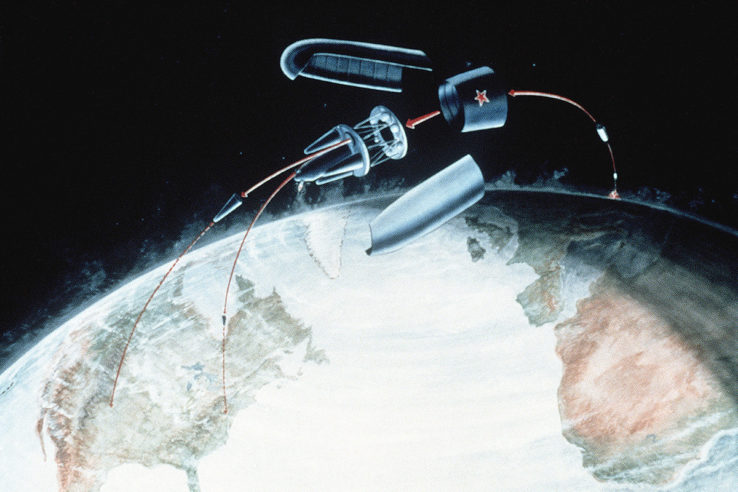
Most of my articles have one “category”-style item in it — a general issue that could have caused the disaster at any time. The Soviet “Perimeter” system (also known, poetically, as “Dead Hand”) was one such.
The Soviet Union had a rigidly centralized command structure. Which, of course, made it very vulnerable to a decapitation attack. Could they really retaliate after an American first strike?
By 1985, they had completed their Perimeter system, a network of sensors and computers that could automatically trigger the launch of their ICBMs. The Dead Hand would be made live if the Soviet General Staff believed a US attack was imminent. They reasoned that this gave them more chance to investigate possible false alarms, reducing the need to launch on warning. Unfortunately, though, any chances of a limited war would bite the dust: it wasn’t programmed with pauses or negotiation.
And, just like the Doomsday Machine in Dr Strangelove, it was kept secret.
If it was activated, and the sensors detected nuclear explosions on Soviet soil (or, importantly, believed they had detected such) and the line to the General Staff went down (which wasn’t unknown), that was it.
At the time of writing, Perimeter is still believed to be operational. Hopefully, it now has more flexibility.
November 1961: Loss of contact with key sites doesn’t (quite) cause nuclear war
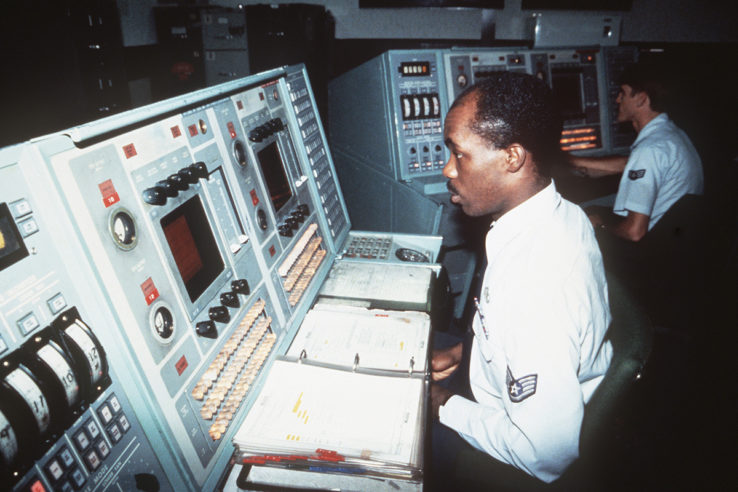
The command and control system had been, early on, a source of considerable worry to the United States. The first attempts to test sending a launch signal were less than convincing: the first test teletype system took nearly five hours to get through. That sort of time lag made any response against a first strike implausible.
The instincts of Curtis LeMay, the pugnacious commander of Strategic Air Command from 1948-57 were to seek defense through superior offense; to deter through signaling a genuine willingness to strike back at the slightest provocation. His successor, General Thomas S. Power, was cut from the same cloth.
The lack of reliable real-time information frustrated both men. Until the mid-60s, information displayed at SAC HQ lagged reality by between one to six hours. The first reliable signal that the Soviets were attacking could well be the loss of signals from key stations.
On November 20, 1961, just before dawn, SAC headquarters lost contact with the BMEWS radar in Thule with no warning. All the early-warning circuits were out. The backup redundant voice communications were all out.
Immediately, they tried to contact NORAD Headquarters in Colorado Springs on the “hot line” to find out what could be wrong. The line was dead.
Both sites were logically at the top of the chain for a decapitation strike. They were using all redundant circuits. The chances of all failing simultaneously were negligible. SAC ordered the entire alert force to prepare for takeoff and the SIOP began to swing into operation. Klaxons blared, hundreds of pilots ran to their planes. This was it.
Then the order was cancelled. The “Thule monitor” — the last line of communications defense, a B-52 permanently flying around Thule — managed to make contact with Thule and SAC headquarters simultaneously, proving it was a false alarm. A subsequent investigation found that AT&T had skimped on the redundant circuits they’d promised to provide. All the failed links went through a single switch in Colorado, which had failed.
September 1983: Stanislav Petrov doesn’t follow orders
Through the early 80s, tensions between the West and the Warsaw Pact ratcheted up. The USA, under Ronald Reagan, began “psychological warfare operations” against the USSR. In 1981, Yuri Andropov told the Politburo that he was certain the US were planning a first strike. US aircraft deliberately flew at USSR airspace and peeled off at the last moment — again and again and again, several time a week, as 1981 became 1982, as Leonid Brezhnev died and Andropov took over, and into 1983. This was obviously (to the Soviets) an attempt to get them used to the near-violations. One day, the aircraft would come straight on. They redoubled their work on Perimeter and held their breath.
At the start of September 1983, the Soviet air forces shot down Korean Air 007. An understandable error, they thought, given the relentless provocation by the West. But the Americans seemed to step up their rhetoric.
Then, on the night of September 26, Lieutenant Colonel Stanislav Petrov was on duty at the command center of the Soviet nuclear forces and watched in horror as the early warning system reported an ICBM launch from the US, rising into the sky toward the Soviet Union. Could it be a false alarm?
Petrov held his hand. And then another launch was observed. And another. And another. And another.
His orders were clear: to report this up the chain to his superiors, including the nervous Andropov. His superiors, though, were all but certain to order an immediate response.
Petrov decided that five missiles were too few and refused to pass the information up the chain, stating that it had to be a false alarm. Well, several false alarms, simultaneously. Didn’t it?
He was right. The early-warning satellites had interpreted the sun’s reflection from the cloud tops as a launch. Repeatedly.
October 1962: Cuban Missile Crisis somehow ends peacefully
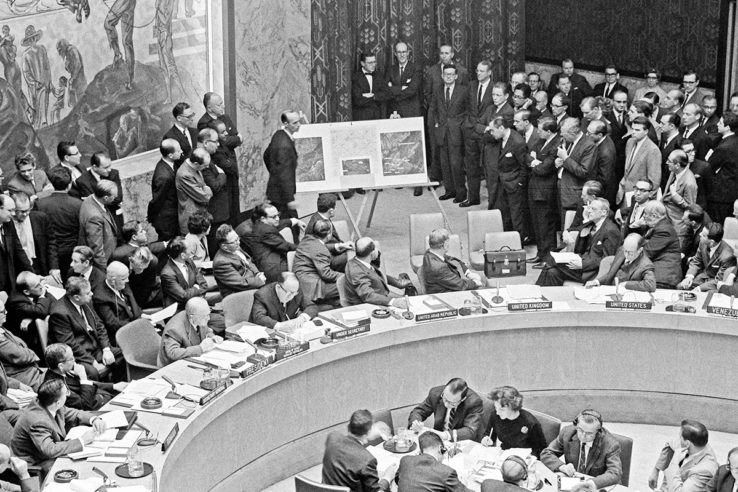
There wasn’t really much doubt over what the number one for this article would have to be. The Cuban Missile Crisis has had thousands of pages written about it and was possibly the closest we have ever come to nuclear war.
The deployment of nuclear missiles to Cuba by the Soviets in 1962 was seen as a clear attempt to get first-strike missiles close to the US. The weapons would not be protected by silos and were totally vulnerable — and thus, logically, only of use for a first strike.
The USSR wanted the American Jupiter missiles in Turkey (similarly vulnerable, and using the same logic) removed. Neither side was willing to show weakness to each other and in front of the world, so neither would back down.
The US forces moved to DEFCON 3, preparing for war. Nuclear submarines left port, SAC dispersed hundreds of bombers to their war-readiness sites, loaded them with thermonuclear weapons, and their crews slept next to them, ready to take off at near-zero notice. Every day, around 65 B-52 bombers took off and orbited close to the Soviet Union, ready to begin their attack runs.
Then they moved to DEFCON 2 — one step below “War is imminent.”
On October 27, as demands were exchanged between Nikita Khrushchev and John F. Kennedy, Kennedy’s advisors became convinced that Khrushchev was lying when he offered to withdraw the missiles in return for concessions as two messages from him, close together, had very different tones. Robert McNamara, secretary of defense, pressed for an air attack on the missiles. The head of the Joint Chiefs of Staff recommended a large-scale attack.
Then a U-2 spy-plane was shot down over Cuba and the pilot was killed. The pressure on Kennedy increased. Cuba urged the Soviet Union to respond with nuclear weapons if Cuba was attacked. The US warned its NATO allies that action was likely imminent. The CIA reported the Soviet missiles in Cuba operational and ready for action.
A Soviet submarine was located near Cuba on the same day, and the US Navy began dropping depth charges to force it to the surface — despite it being in international waters. The officers on the submarine, long out of contact with Moscow, surmised that war had broken out. Its captain decided to launch a nuclear torpedo. The political officer concurred. This was normally enough, but the second-in-command of the submarine, Vasili Arkhipov, was also the flotilla commander, and this meant his agreement, unusually, was also needed. And he disagreed. Resisting sustained pressure from the other two, Arkhipov refused to allow the order to be given and they eventually backed down.
And then — somehow — everyone else calmed down and war was averted.
This story was originally published by Sea Lion Press, the world’s first publishing house dedicated to alternate history.

